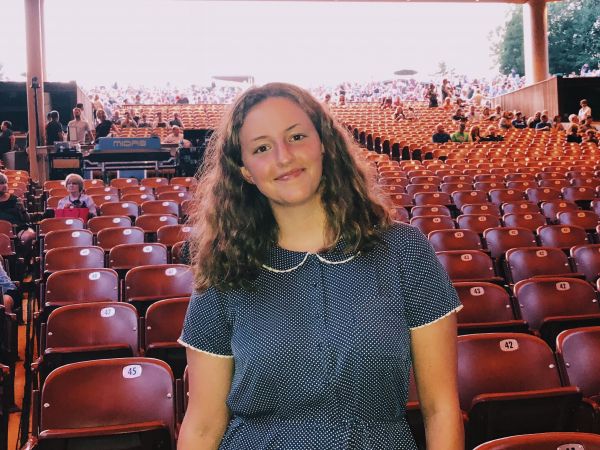
Emmanuel Ndashimye, a survivor of the 1994 Genocide Against the Tutsi, talks about three times he came close to death during the genocide, but somehow managed to survive.
Emmanuel Ndashimye, a survivor of the 1994 Genocide Against the Tutsi, talks about three times he came close to death during the genocide, but somehow managed to survive.

Her grandmother was rescued from the Holocaust by Nicholas Winton’s Kindertransport, which spirited 669 children – most of them Jewish – from Nazi-occupied Czechoslovakia to safe harbor in Britain.
A public lecture by Geoffrey Robinson (UCLA).
Shafika Begum describes a massacre at her Rohingya village. On Aug. 30 of 2017, as part of a coordinated attack across the Rakhine State that had begun a few days prior, the Myanmar Army and local collaborators burned down dwellings and began gunning down inhabitants of her village, Tula Toli.